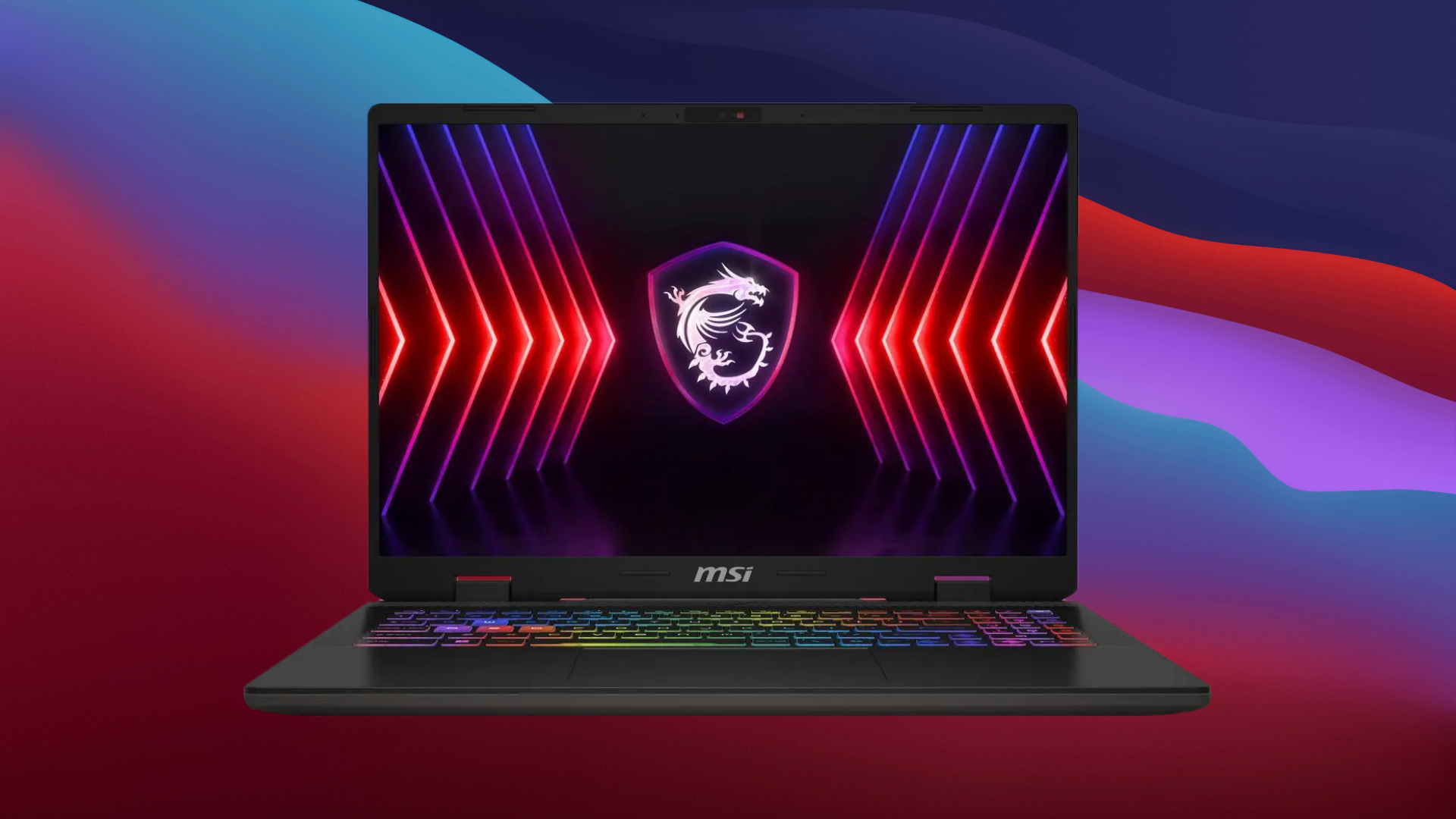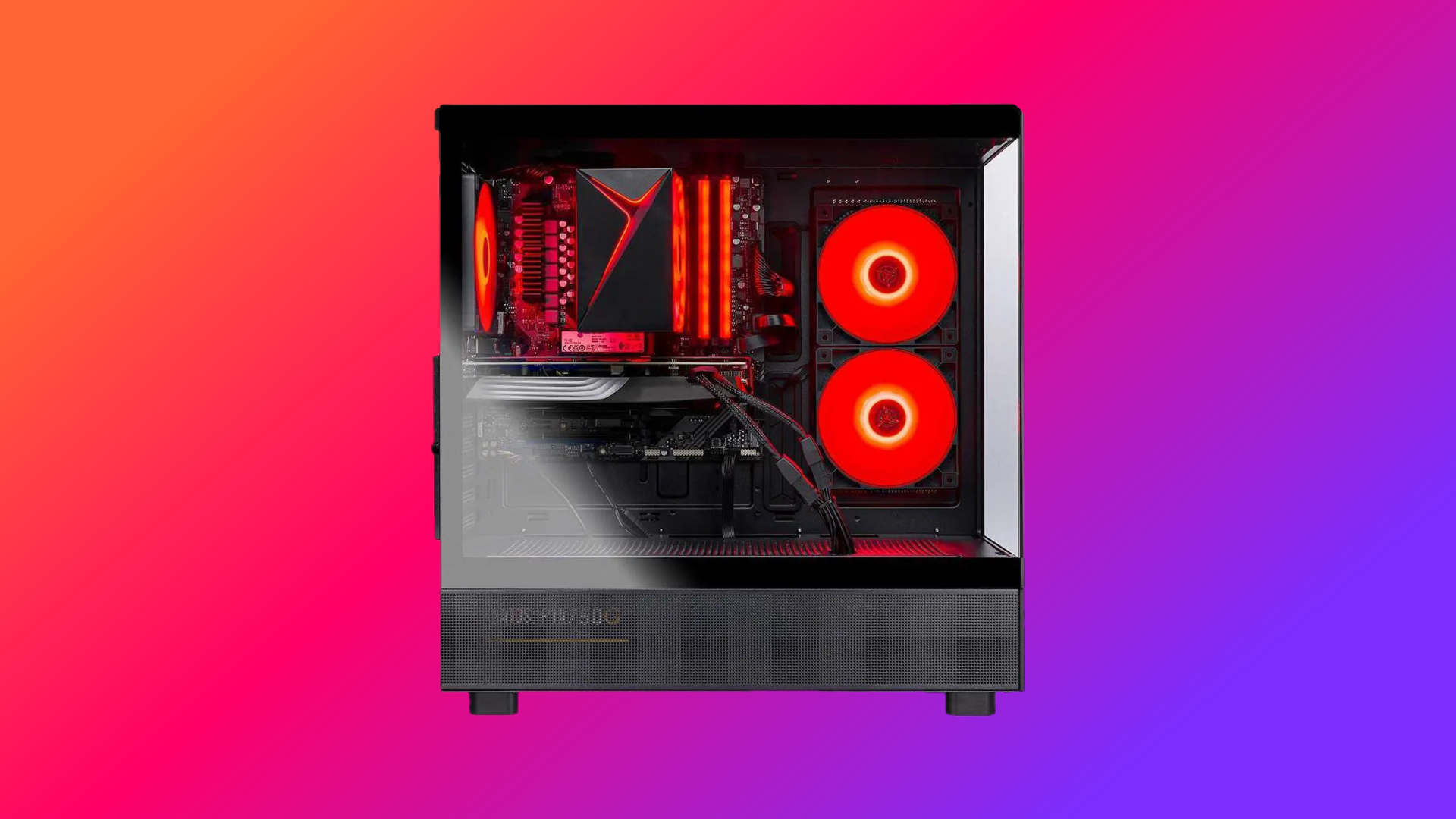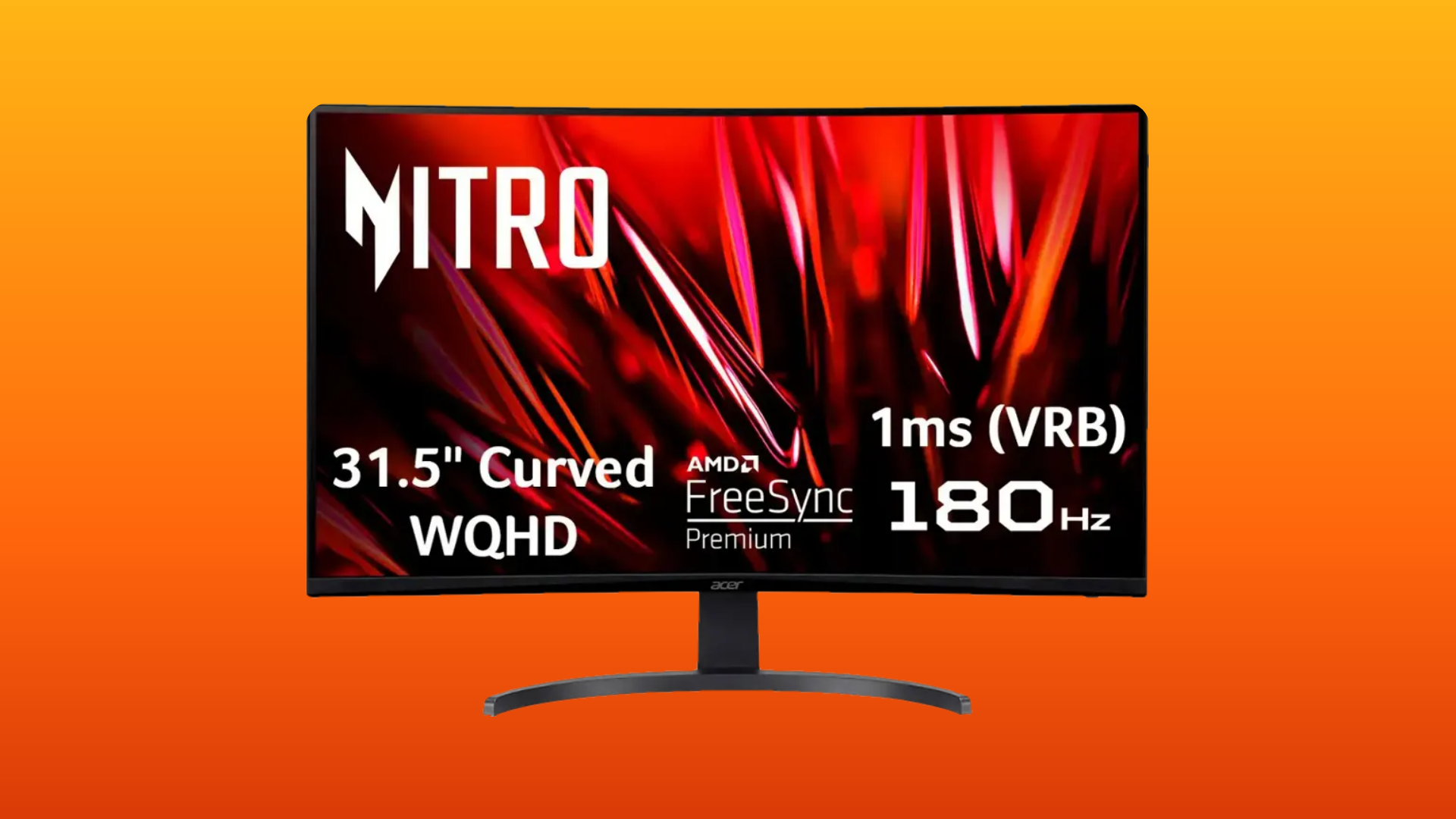This article compares the 1st-generation BFGPU RTX 3090 with Blackwell’s mid-range RTX 5060 Ti, examining efficiency and other key factors.
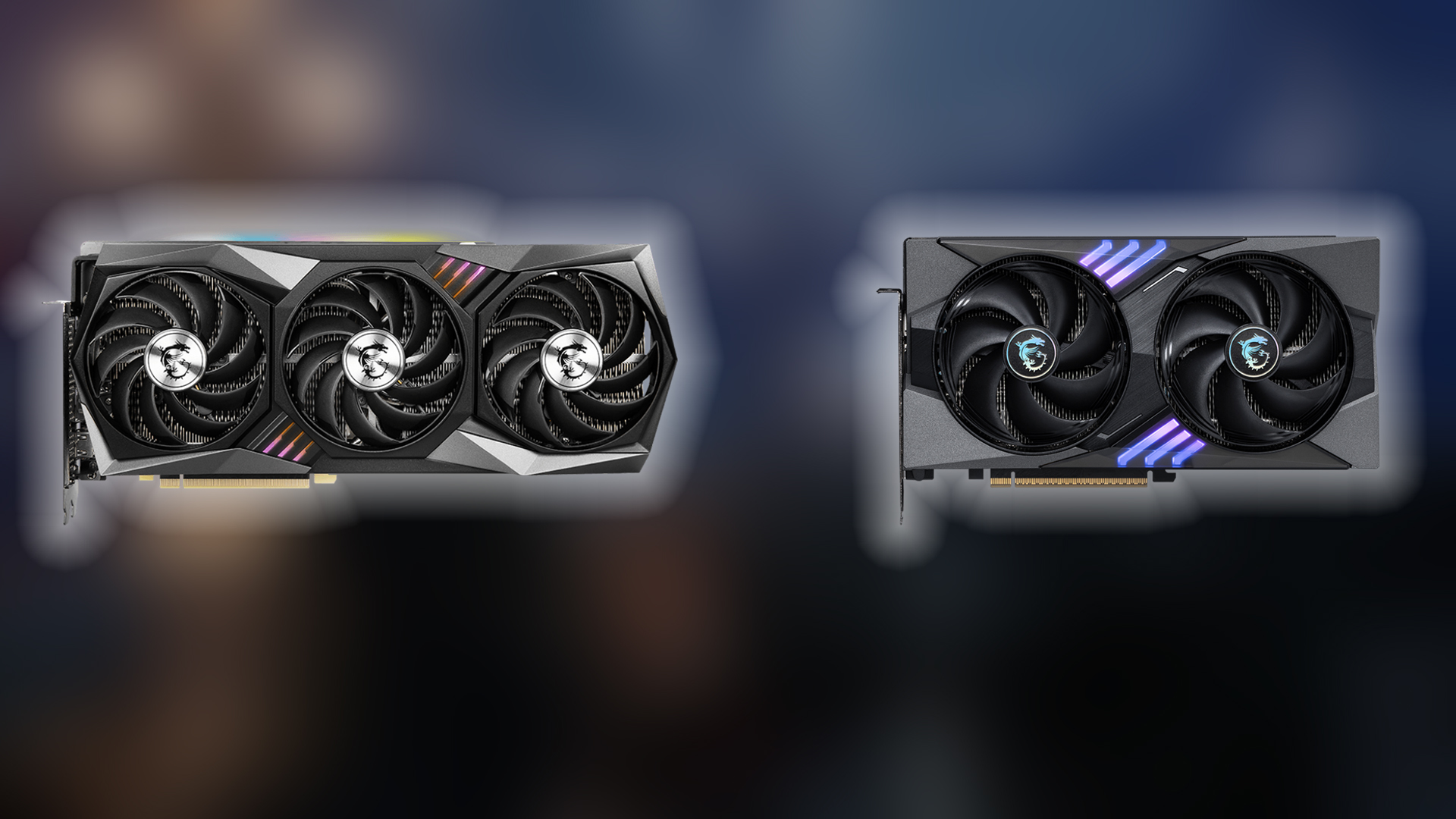
Considering the modern-day used price, you can find the 3090 for around $600, which is a reasonable price point for a used GPU. This means you get tremendous value for your money, aside from factors such as a mined GPU or a refurbished product out of warranty. To some gamers, a new GPU is the preferred choice, while to others, refurbished ones appeal more; this is a matter of debate, as each option has its pros and cons. For example, for the new 5060 Ti, you will have to pay the markup price, and for the 3090, you’ll have to search hard for a decent price from a gamer, rather than a miner. These aside, with the power of MFG, the 5060 Ti gets near or even beats the 3090. But in terms of efficiency and undervolting capabilities, the 3090 becomes very interesting. Let’s dig into it.
Note: This article explores the decisions a gamer makes and the consequences that follow. The data used is official and does not come from third parties.
GeForce RTX 5060 Ti vs RTX 3080 Ti
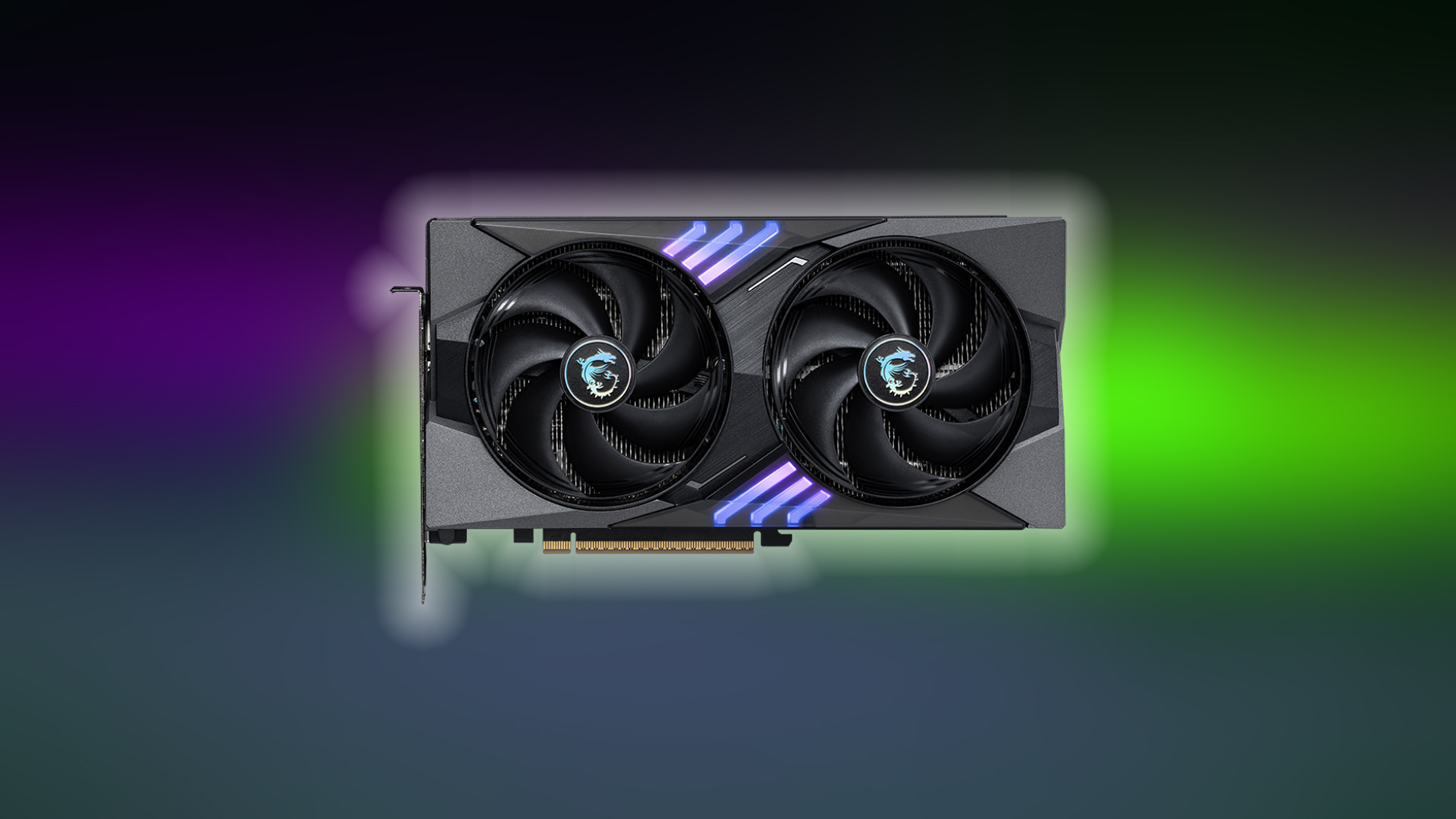
As mentioned in the beginning, the 3090 is faster in every aspect. However, it has its issues. The biggest one is that you need a big chassis with decent airflow. The second consideration is that you need a capable power supply unit (PSU), as the card is power-hungry and requires a 12V HPWR connector (mostly) and an ATX 3.0 standard. Power transients may cause the actual power draw to spike above 700W in some instances. The third issue is SFF compatibility, as the BFGPU’s size and form factor compromise small form factor compatibility. The final issue is pricing and availability from a gamer’s perspective, rather than a miner’s.
The 5060 Ti clearly wins in efficiency, but you can undervolt the 3090. Because of its flagship silicon, it undervolts much better than other cards due to its superior binning. Even with tuning, the power draw will be substantially higher than the 5060 Ti. Then comes Blackwell’s upgraded frame generation. You can use lossless scaling on the 3090, but its quality will fall far short of technology that relies on motion vectors and optical flow to produce AI-generated frames.
Regarding the performance comparison between the 3090 and the 5060 Ti, the 5060 Ti 16GB scores around 15,389 in Time Spy (graphics), while the RTX 3090 averages between 19,700 and 20,600, depending on the specific model and tuning. If the 3090 is tuned further, the numbers can clock even higher. When considering ray tracing with Port Royal, the 5060 Ti posts a respectable 10,432 points, but the 3090 pulls ahead with typical scores in the 12,000–13,000 range, and some results exceeding 14,000 when tuning is applied.
Official Specifications & Theoretical Performance
| Category / Specification | RTX 5060 Ti (16GB) | RTX 3090 |
| GPU Architecture | Blackwell (GB206) | Ampere (GA102) |
| Process Node | 4nm (TSMC 4N) | 8nm (Samsung) |
| CUDA Cores | 4,608 | 10,496 |
| Ray Tracing Cores | 36 (4th Gen) | 82 (2nd Gen) |
| Tensor Cores | 144 (5th Gen) | 328 (3rd Gen) |
| Base / Boost Clock | 2407 MHz / 2572 MHz | 1395 MHz / 1695 MHz |
| VRAM | 16GB GDDR7 | 24GB GDDR6X |
| Memory Bus Width | 128-bit | 384-bit |
| Memory Bandwidth | 448 GB/s | 936 GB/s |
| TDP | 180W | 350W |
| PCIe Interface | Gen 5 x8 | Gen 4 x16 |
| Launch MSRP | $429 | $1,499 |
| Current Market Price (2025) | $500–$550 MSRP | $600–$800 (used) |
| Release Date | April 2025 | September 2020 |
Theoretical Performance (Specification-Based)
| Theoretical Metric | RTX 5060 Ti | RTX 3090 |
| FP32 Compute | 23.7 TFLOPS | 35.6 TFLOPS |
| FP16 Compute | 23.7 TFLOPS | 35.6 TFLOPS |
| FP64 Compute | 0.37 TFLOPS | 0.56 TFLOPS |
| Pixel Rate | 123.5 GPixel/s | 192.7 GPixel/s |
| Texture Rate | 370.4 GTexel/s | 556.3 GTexel/s |
Pros and Cons of RTX 5060 Ti and 3080 Ti
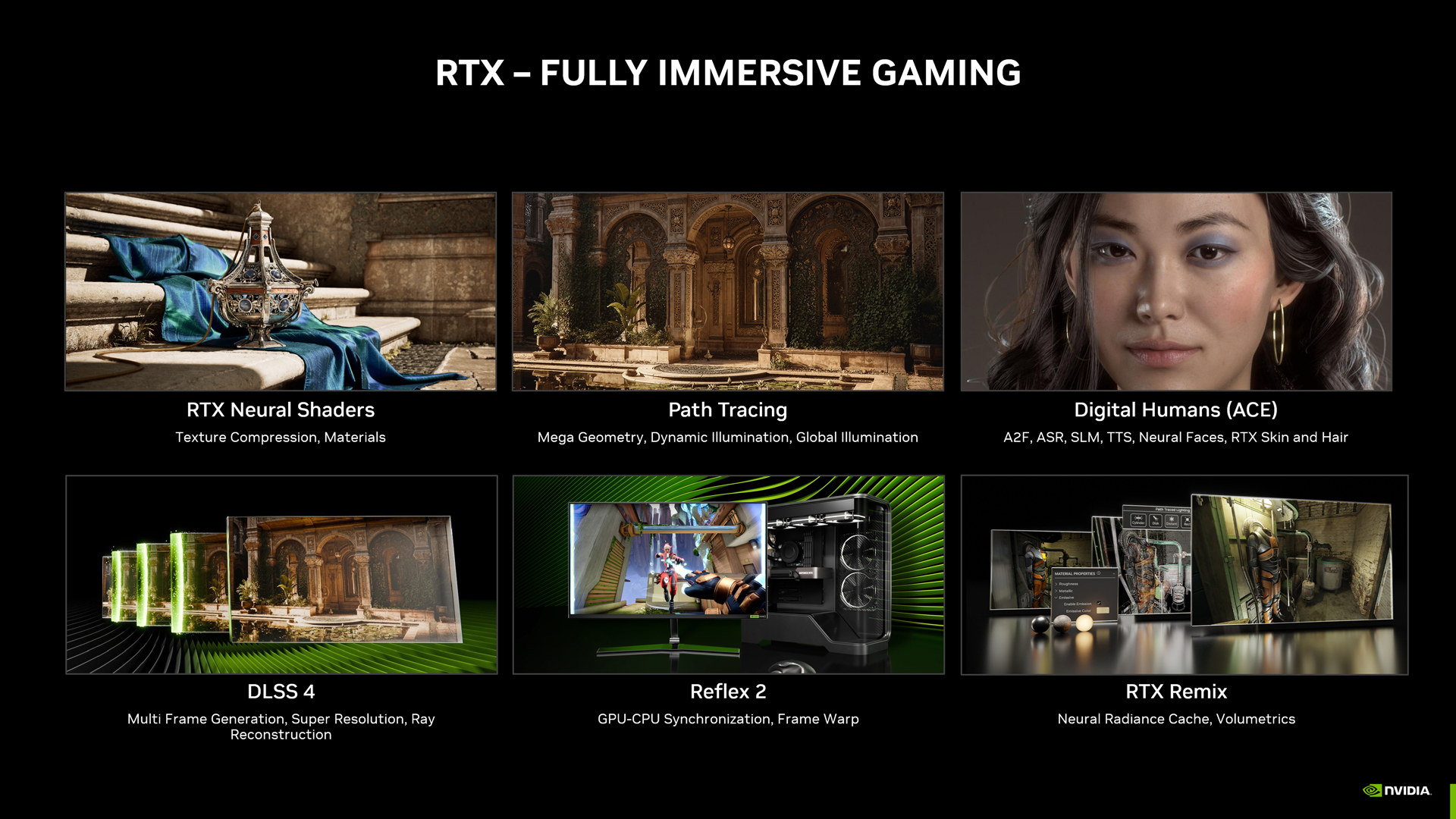
|
Card |
Pros |
Cons |
|
5060 Ti |
|
|
|
3090 |
|
|
The 3090 remains a raw performance powerhouse, especially at 1440p in 2025; the memory bandwidth and pixel throughput it provides are just perfect. While this may sound biased, or something else, the RDNA 2 6950 XT card gave this one a run for its money in terms of raw performance, i.e. The 5060 Ti offers modern features such as more power efficiency and better power to frame ratio, open to SFF builders, but performance wise, it falls apart. Choose whichever option you are most comfortable with, depending on your needs, availability, and budget.
Looking For More Related to Tech?
We provide the latest news and “How To’s” for Tech content. Meanwhile, you can check out the following articles related to PC GPUs, CPU and GPU comparisons, mobile phones, and more:
- 5 Best Air Coolers for CPUs in 2025
- ASUS TUF Gaming F16 Release Date, Specifications, Price, and More
- iPhone 16e vs iPhone SE (3rd Gen): Which One To Buy in 2025?
- Powerbeats Pro 2 vs AirPods Pro 2: Which One To Get in 2025
- RTX 5070 Ti vs. RTX 4070 Super: Specs, Price and More Compared
- Windows 11: How To Disable Lock Screen Widgets
 Reddit
Reddit
 Email
Email
